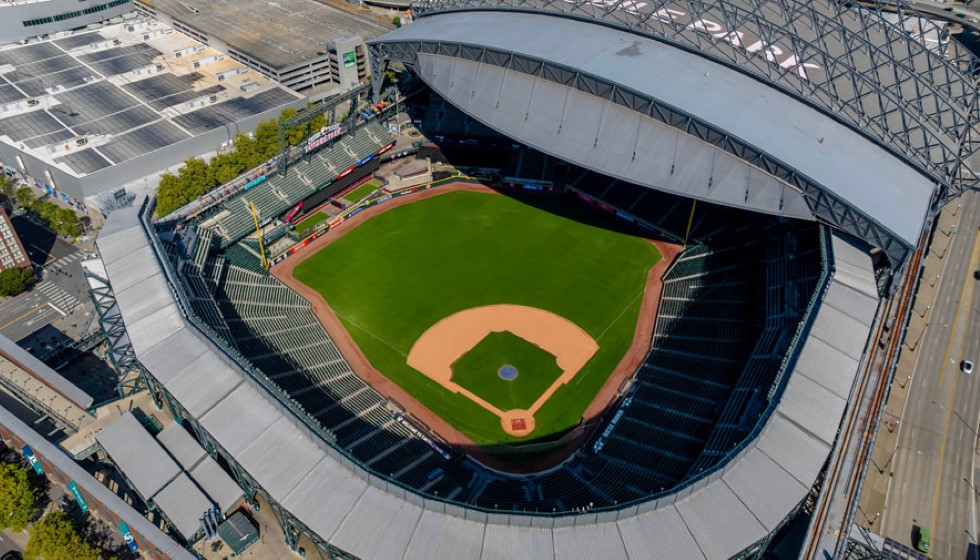
MLB Prepares to Embrace Automated Strike Zone System
Major League Baseball's journey towards modernizing its officiating continues, with the introduction of the automated ball-strike (ABS) system looking more imminent than ever. In May, MLB commissioner Rob Manfred stated that the integration of ABS was inevitable, signaling a significant shift in how America's pastime will be played and officiated.
The proposed ABS system empowers teams with a challenge mechanism, allowing each to contest pitches they believe were erroneously called. Though teams will be limited to three challenges per game, this system aims to inject a new layer of strategy and precision into the sport.
ABS technology has been tested extensively at various levels within the minor leagues, including Triple-A, with encouraging results. The system's accuracy, pinpointed to within a hundredth of an inch, has proven impressive, though its journey to mainstream adoption in Major League Baseball still requires rigorous testing. "One thing we learned with the changes last year is, a little more time is better than not enough time. Just in terms of making sure when you bring something to the big leagues, you've got to make sure you got it right," Manfred emphasized, highlighting MLB's cautious approach to ABS implementation.
Spring Training Trials and Initial Implementation
Manfred has indicated that the ABS will undergo comprehensive testing during spring training sessions before its official debut. The system's initial trial could commence as early as 2025. This phased approach ensures that any technical kinks can be ironed out, guaranteeing a smooth transition to regular-season play.
ABS aims to eliminate the human error inherent in calling balls and strikes, promising a fairer and more predictable strike zone. "We have made material progress; the technology is good to 100th of an inch; the technology in terms of the path of the ball is pluperfect, number one," Manfred asserted, reinforcing confidence in the system's precision.
Learning from the Korean Experience
Beyond American borders, ABS has already made waves in the Korea Baseball Organization (KBO), where it was implemented this season. Early results from the KBO reveal an enhanced offensive output, with the league’s On-base Plus Slugging (OPS) rising from .712 last year to .766 this year, post-ABS implementation. This uptick in offensive productivity could offer a glimpse into the potential benefits awaiting MLB with ABS.
Adjustments and Player Feedback
Initial implementation of ABS at the minor league level led to an increase in strikeout and walk rates, a typical adjustment period for players and pitches alike. Over time, however, fine-tuning of the automated strike zone saw these rates stabilize, proving that the system can adapt seamlessly to the game’s natural rhythms.
Many current major leaguers have firsthand experience with ABS from their minor league stints or rehab assignments, which could facilitate a smoother acclimatization process once the technology is introduced at the MLB level. Manfred underscored the importance of player feedback in ABS deployment: "We have listened – me, in particular, and I've carried a lot of this water with the owners – to player input on how they want to see it rolled out. Our focus, obviously, the second half of this year is on the challenge system, and that is almost 100% based on player feedback." This player-centric approach aims to tailor the ABS system to meet the needs and expectations of those on the field, ensuring a harmonious transition.
As Major League Baseball gears up for the potential introduction of ABS, the league stands at the cusp of a technological evolution that promises to refine and redefine the game. With strategic testing, player involvement, and careful planning, ABS could soon become a staple of professional baseball, bringing unprecedented accuracy and fairness to the beloved sport.